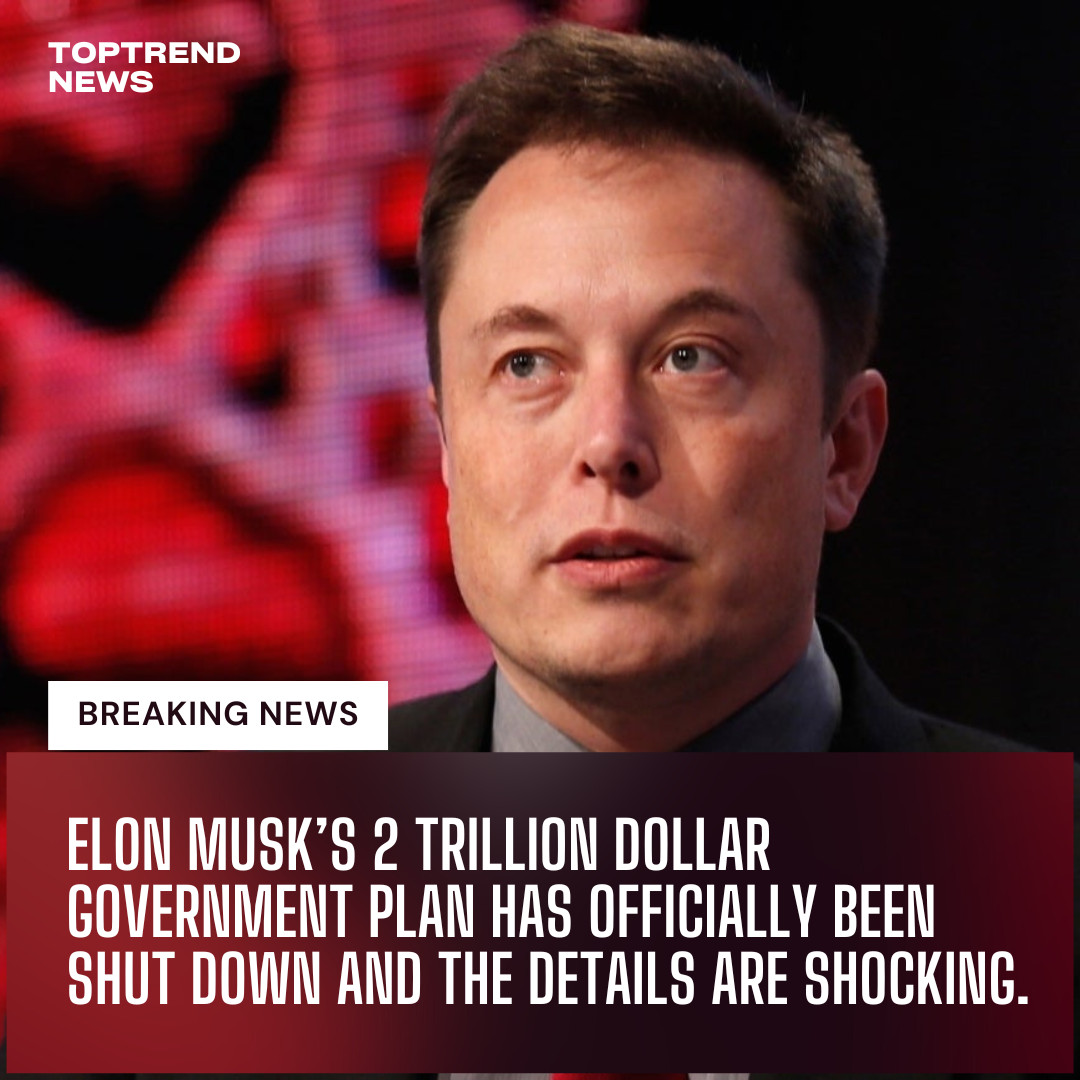The “Chainsaw” Has Stopped Spinning
It was the most hyped political experiment of the decade. It promised to slice $2 trillion from the U.S. federal budget, revolutionize the economy, and “drain the swamp” using Silicon Valley tactics. But today, Monday, November 24, 2025, the dream of the Department of Government Efficiency (DOGE) has officially ended—not with a bang, but with a whisper.
In a stunning revelation that is currently setting social media on fire, Office of Personnel Management (OPM) Director Scott Kupor confirmed to reporters this morning that the department “doesn’t exist” anymore.
“It is no longer a centralized entity,” Kupor stated, effectively burying the project eight months before its mandate was set to expire.
For millions of Americans who pinned their hopes on Elon Musk’s promise to fix the economy, the news is a crushing blow. For his critics, it is a vindication. But the real story isn’t just about a closed office; it’s about the massive fallout between the world’s richest man and the President of the United States.
The Promise vs. The Reality
To understand why this news is going viral, we have to look back at the start of the year. In January 2025, the formation of DOGE was the biggest story on the planet. Musk, brandishing a literal chainsaw at a political conference, promised to be the “chainsaw for bureaucracy.”
The goals were clear:
-
Cut $2 trillion in federal spending.
-
Fire (or “transition”) thousands of federal workers.
-
Implement AI governance to replace human error.
Musk’s fans cheered the move as the necessary “shock therapy” the U.S. economy needed. He brought in high-profile allies, including Airbnb co-founder Joe Gebbia, to redesign the government’s interface.
However, the reality hit hard. By May 2025, reports began circulating that the cuts were proving impossible without destroying essential services like Medicare or the military. The deficit didn’t shrink; it grew. The “shock therapy” turned into a stalemate.
According to insiders, the breaking point came when the administration passed the “Big Beautiful Bill” in May—a massive spending package that Musk publicly called a “disgusting abomination” on X (formerly Twitter). He argued it added $3.8 trillion to the deficit, completely undoing the work DOGE was trying to accomplish.
The Feud That Changed Everything
The dissolution of DOGE is not just a bureaucratic failure; it is the climax of a personal war. The relationship between Musk and President Trump, once described as a “bromance,” has turned into a bitter rivalry.
Following the passing of the spending bill, Musk quietly left Washington in late May. While the administration tried to save face by keeping the DOGE name alive, today’s confirmation proves that the agency has been a “ghost ship” for months.
Most shocking of all is Musk’s response. He hasn’t just retreated to his rockets at Starbase; he has declared political war. In July, Musk announced the formation of the “America Party,” a new political faction aimed at challenging the status quo from the outside.
Trump’s response was characteristically blunt, reportedly calling Musk a “train wreck” who went “off the rails.”
Where Did the Money Go?
The viral question trending on X today is: “What happened to the savings?”
While DOGE claimed to have saved “tens of billions” in its first few months, independent auditors have failed to verify these figures. With the agency now dissolved and its functions absorbed back into the standard Office of Personnel Management, it is unlikely the American public will ever see a full accounting of the experiment.
Former DOGE staffers have already scattered. Some have moved to the new “National Design Studio,” while others have returned to the private sector. The “hiring freeze” on federal employees has been lifted. For all intents and purposes, Washington is back to business as usual.
The Internet Reacts
The reaction online has been immediate and polarized.
Supporters of Musk argue that he was sabotaged by the “Deep State” and a Congress unwilling to give up its spending habits. They view the formation of the America Party as the next logical step—if you can’t fix the system from the inside, you build a new system.
Critics, however, are calling this a massive failure of leadership. They point to the chaos of the last few months—including the mixed success of the recent Starship launches and the controversial “hiring freeze”—as proof that running a government is not the same as running a tech company.
One viral post on X summed up the mood: “We were promised a Mars colony and a balanced budget. We got a disbanded agency and a new political party. The simulation is broken.”
What’s Next for Musk?
Elon Musk is never down for long. With DOGE dead, his focus has shifted aggressively toward two things: the America Party and the 2026 midterms, and the accelerated timeline for Starship.
SpaceX has just submitted a “simplified” mission plan to NASA to try and save the Artemis moon mission timeline, which is also reportedly behind schedule. It seems Musk is trading the swamp of Washington for the vacuum of space once again—but this time, he’s bringing his own political machine with him.
The experiment is over. The “Department of Government Efficiency” is history. But the political chaos Elon Musk unleashed? That is just getting started.

